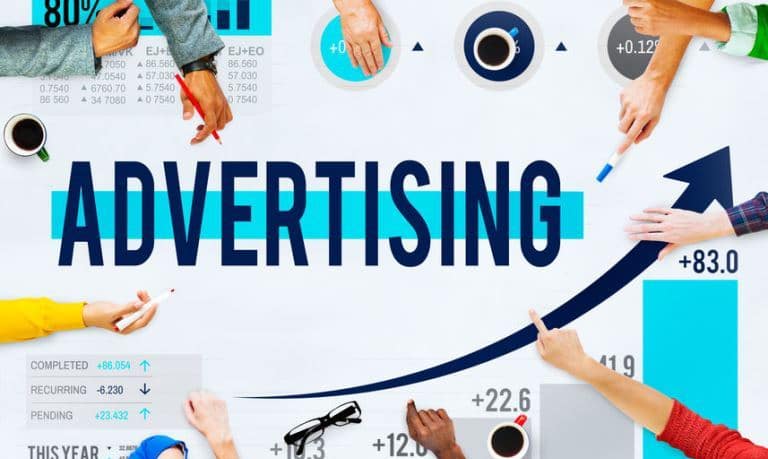It’s no secret that the kids love Snapchat. An astounding 71 percent of Snapchat users are under age 25. More than half (58 percent) of college students say they’re likely to purchase a product from a brand that sends them a Snapchat coupon. Users between the age of 18 and 29 spend an average of 20 minutes a day on Snapchat, while 30-44 year-olds spend just nine minutes on average.
And yet, just one percent of marketers are using Snapchat. As recently illustrated on Social Media Today, marketers aren’t using it because, well, they aren’t using it. Their lack of familiarity with the platform is fueling their fear of applying it to their work. Recent college graduates may know and love Snapchat, but their boss and their boss’ boss don’t, so it’s no easy task convincing them it’s a worthwhile endeavor.
This leads to two implications for marketers who are considering adding Snapchat to their toolbox:
- If your demographic isn’t using Snapchat, then you don’t need to fuss or worry about it. Indeed, marketing on Snapchat is an incredible opportunity to connect with an audience, but it’s a futile effort if the people opening the snaps won’t be interested in your product or service.
- If your target audience is on Snapchat and it is a worthwhile venture for your brand, you don’t have to be a Snapchat wizard to start experimenting. Work with experts (like Nick Cicero, founder and CEO of Delmondo) who have watched Snapchat mature over time, know the platform inside and out and already have established networks with notorious Snapchat content creators.
Can Snapchat Work for B2B?
I could list a horde of B2C brands who have been honing their Snapchat game since its inception in 2011 and talk about the tactics they use to engage with their captive Snapchat audience, but a quick google search would yield the same results.
The one thing all of those brands have in common? Their target audience (or some subset of it) aligns with demographic data on Snapchat users. In other words, they market to teens and young adults.
But what about B2B companies? Is there really an opportunity for them on Snapchat? If the answer is yes, it’s going to be because of a combination of three factors:
1. Your target audience (or some subset of it) is active on Snapchat.
To borrow from the popular “lead a horse to water” adage, you can direct your audience to your account on a social platform, but you can’t make them engage if they’re not a part of that community.
Segment your audience and get to know them and their consumer behaviors intimately to determine if they will be keen to communication via Snapchat. Don’t waste your time creating content if it’s never going to be seen.
2. Your Snapchat strategy is part of a larger, omnichannel campaign.
Rather than planning a siloed Snapchat campaign, target audience members should be directed to subscribe to a brand’s snaps via some other channel (such as Twitter or email or Instagram). Snapchats are not broadcasted and displayed publically in a feed for on-demand viewing like we’re used to seeing on other social channels. Paired with an inability to browse and explore other users and accounts, it’s imperative that users are reminded to subscribe to your snaps on a regular basis by way of traditional social media platforms.
Furthermore, augmenting campaigns with Snapchat content ensures you have a real and genuine purpose for communicating with users. Snapchatting as a brand is pointless if you don’t have a specific goal in mind. Unlike the average user, broadcasting silly selfies and random shots of your day isn’t a good look or particularly engaging move for a brand.
Instead, Snapchatting brands should look for opportunities to create content around a central idea or theme. Caveat: It has to be something your audience cares about, too. So while a series of snaps about a new product or an award you’ve won might seem great to you, it’s likely your audience will tire of it quickly.
Remember that Snapchat users either want a way to incorporate themselves into the content (such as by taking selfies that feature the brand in some way) or special access to something (such as a behind the scenes peek at a live event).
3. It’s location-specific.
Creating content for an engaged audience as part of a larger omnichannel campaign will only get you so far. Capitalizing on location-specific content is the third and final key to successful B2B Snapchatting. It’s what makes average content fun, exciting and highly relevant. It’s why Snapchat’s Our Stories are now the most popular aspect of the platform.
Geofilters (special overlays for snaps that can only be accessed in certain locations) are quite possibly the app’s best feature. They play in an integral part in what makes Our Stories so fun and engaging. The functionality never changes, but fresh filters from new locations give Snapchat a daily refresh to keep users coming back for more.
While location doesn’t play the leading role in Snapchat like it did on Foursquare and does on Swarm, it certainly has a strong supporting role. Seeing snaps from users who are in the same location as you (such as at a conference) creates a special (albeit ephemeral) bond with those users. Conversely, viewing snaps from across the country (or across the globe) gives viewers a special firsthand account of what’s happening. It’s the next best thing to actually being there.
If you’re organizing a conference or other type of event, you’d be remiss if you didn’t apply to create a Geofilter.
The Ultimate Goal: Relationship Building
B2B selling hinges on relationships. So, if you’re not ready to dive in head first with a branded Snapchat account that utilizes geofilters and takes advantage of their ever-evolving advertising options, Delmondo’s Nick Cicero suggests that you consider adding Snapchat to your sales and marketing team’s toolboxes.
“Bearing in mind Snapchat’s skew towards a younger demographic, empowering an account executive in an ad agency or media company to use it as a relationship-building tool with his younger contacts could be what makes your organization stand out in a prospect’s mind,” he explains. “Do you have a particularly adept young marketer on your team with Snapchat savvy? Embolden them to build their personal brand as the resident Snapchat expert and encourage your audience to subscribe to their account.”
Uncomfortable with the idea of putting your employees in the limelight, but still interested in capitalizing on Snapchat? Find an influencer in your space with a dedicated following on Snapchat and offer them a complimentary pass to your event in exchange for sharing the experience with their followers. If you’re not hosting an event, see if you can work together to integrate you messaging into their content in a mutually beneficial way.
The possibilities are endless and it is possible for B2Bs to join the Snapchat revolution—it just requires a little creativity and courage to venture into the unknown.



